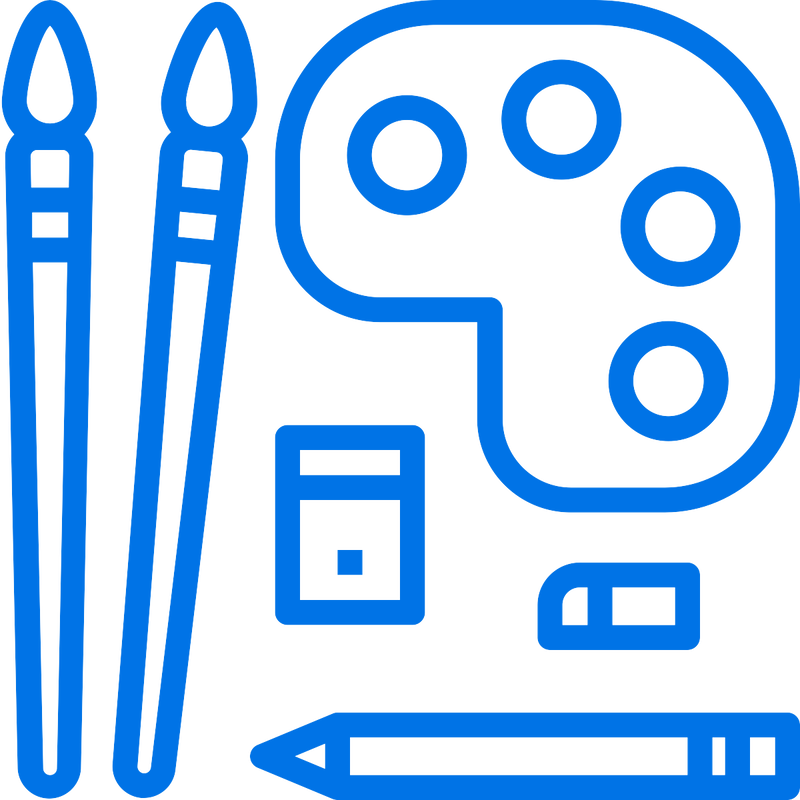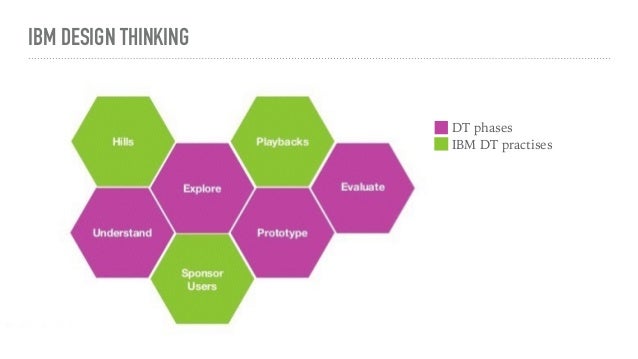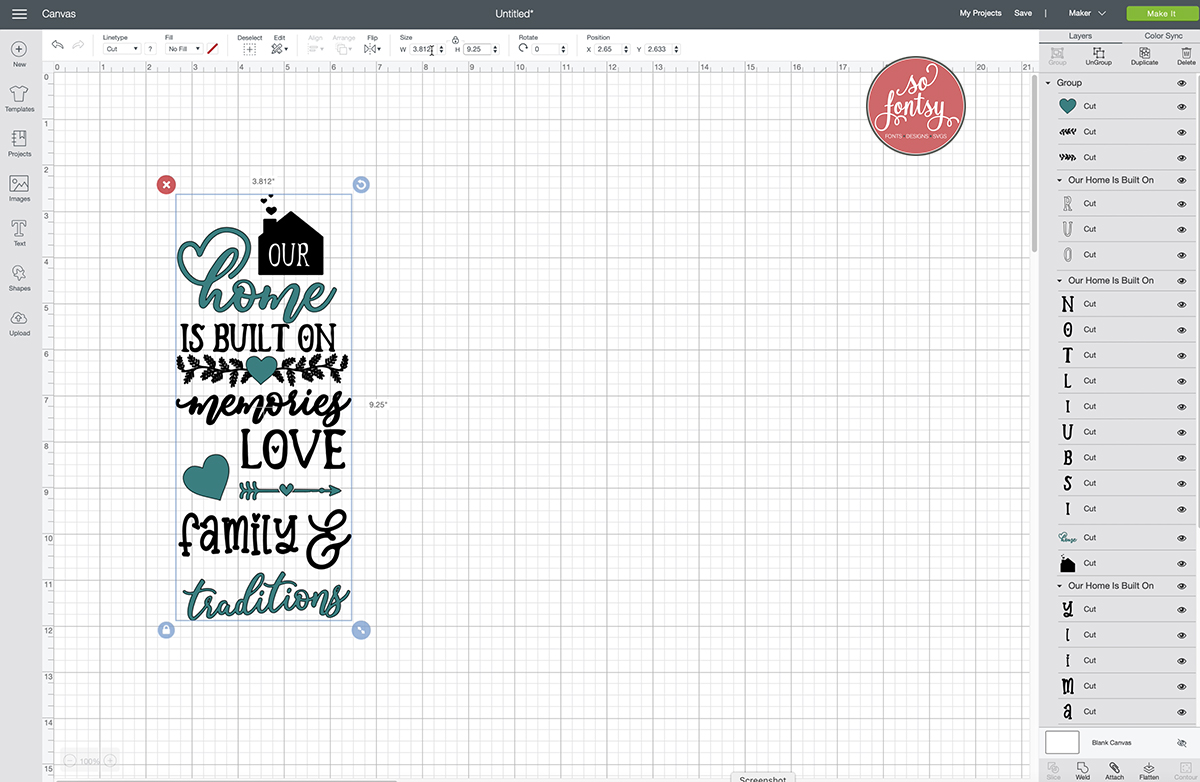Table Of Content

Quality and Impact of K–12 E-Learning Solutions is the second of two courses in the K–12 Learning Designer pathway. This course provides an introduction to the challenges K–12 students face in e-learning environments. It also directs learners to professional and academic resources where they can find current research related to issues and innovations learning experience designers implement to solve challenges to K–12 students in e-learning environments.
Developing Instructionally-Embedded Performance Assessments for the NGSS Classroom
Due to COVID-19, data from 2020 and 2021 may be atypical compared to prior years. The pandemic may also impact the predicted future workforce outcomes indicated by the BLS. BLS calculates the median using salaries of workers from across the country with varying levels of education and experience and does not reflect the earnings of GCU graduates as instructional coordinators. It does not reflect earnings of workers in one city or region of the country.
Professional Learning
The Educational Technology track in the Instructional Design and Technology MA program requires a minimum of 36 credit hours beyond the bachelor's degree. The curriculum includes 12 credit hours of instructional technology core courses, 12 credit hours of professional specialization, nine credit hours of electives, and three credit hours of practicum. INTE 7110 — Mentoring, Coaching and Training In this course, students examine best practices for design and facilitation of professional learning (PL) programs in K12 education, post-secondary and workplace settings.
Faculty
Guest speakers, alumni networking, student-organized initiatives, and social events all contribute to the creation of a cohesive and supportive peer group. The LDIT community also is part of the larger HGSE family — preparing you and your cohort members for the opportunity to change the world through your impact on excellence and equity in education. This community of learners will be the focus of your capstone project at the end of your program and other assessments throughout your program, and you will need to identify this group during your first term.
You simply pay for the term and do as much work as you can or want to during that time. This means that finishing faster helps you save money—a major benefit you won't find at most other schools. Survey was sent to a representative sample of WGU graduates from all colleges. Interested in the program, but want to know a little more about what you’ll learn?
Imagining the future of claims adjusting through instructional design - Chief Learning Officer
Imagining the future of claims adjusting through instructional design.
Posted: Tue, 08 Nov 2022 08:00:00 GMT [source]
Faculty Who Practice What They Teach
Under the guidance of an Academic Advisor, students align their program of study to their specific goals. Courses from practically every department at Stanford are open to LDT students including those in design, engineering, business, fine arts, law, and of course, education. Combined with internships, team assignments, and a major project, LDT delivers an appropriate mix of theory and practice to help professionals achieve their full potential.
Earning A Master's In Elementary Education: Everything You Need To Know - Forbes
Earning A Master's In Elementary Education: Everything You Need To Know.
Posted: Fri, 28 Jul 2023 07:00:00 GMT [source]
Gain Flexibility With GCU’s Master’s Degree in Instructional Design Online and Evenings On Campus
Throughout the program, explore the science and art of designing innovative, effective, and engaging training and educational programs in business and industry, K-12 and higher education. You’ll link research to design, discover how people learn, and implement strategies to improve education, training and job performance. But it’s more than just using computers and digital media effectively. Here, you’ll learn first hand about how to assess learning needs, design and implement innovative learning tools and experiences to improve instruction, and evaluate the impact of those tools on learning. The Online Teaching and Learning certificate program is designed for educators in K-12 settings, higher education settings, and adult workplace settings (corporate, community, government).
Specifically, students learn to write measurable objectives and instructionally aligned, meaningful assessments. Courses are taught by experts in their respective fields, who bring with them years of experience in many areas of instructional design. Most programs require students to apply instructional design theories to real-life scenarios and produce a portfolio of work. So, if you don’t have a portfolio yet (or are struggling to put one together), this could be one route to building confidence and gaining credibility – legitimate reasons for getting a master’s degree. This master’s program was built from the ground up to help those involved in instructional design gain an updated skill set, preparing them to meet the unique needs of each student within today’s new learning environment.

Professional field experiences are available as an elective to apply what you learn to a real-world setting and a capstone experience allows students to create a professional portfolio of their work. The online learning experience blends interaction with student colleagues and faculty during live class sessions and self-paced coursework assignments submitted through the learning management system. Faculty facilitate live class sessions that include interactive, engaging and collaborative small-group discussions. The capstone was designed to help students develop a career plan and apply what they have learned throughout the program to their future work. General labor market and salary data are provided by Lightcast and may not represent the outcomes experienced by Purdue Global graduates in these programs.
The master’s in instructional design degree is designed to equip you with the applicable skills to prepare you for implementation upon graduation. You can develop a foundational understanding of the theoretical groundwork of instructional design. INTE 5000 — Maker Studio The maker studio is a collaborative practicum within the context of makerculture, project based learning, and learning experience design. The course focuses on the practical translation of learning design theory to learning design reality, presenting learners with challenges to be resolved with creative solutions. You can apply your teaching skills and build on your prior content knowledge, skills, and expertise.
Students meet with the other students in the program and faculty to establish a strong sense of community which is central to online learning and collaboration. This means that on-going professional development is vital to the success of students and instructional designers currently working in the industry. The field of instructional design is a rewarding career path that will continue to grow as technology grows.
But don’t get one just because you think you need one to become an instructional designer. In the Learning, Design, and Technology program, you’ll become part of a design program infused with Georgetown’s core values. We give care and attention to all aspects of a student’s life, focused on the whole person, and a commitment to social justice and doing good in the world. Experiment with new ideas and develop your applied innovation project in an area of your interest.










